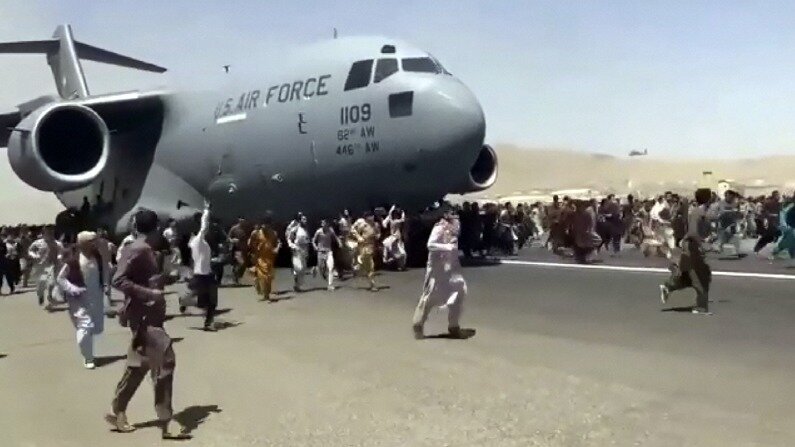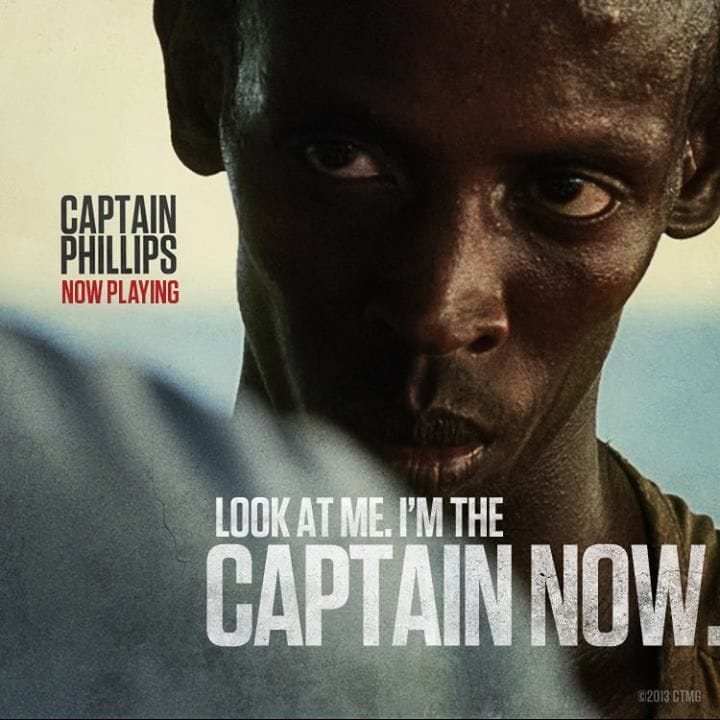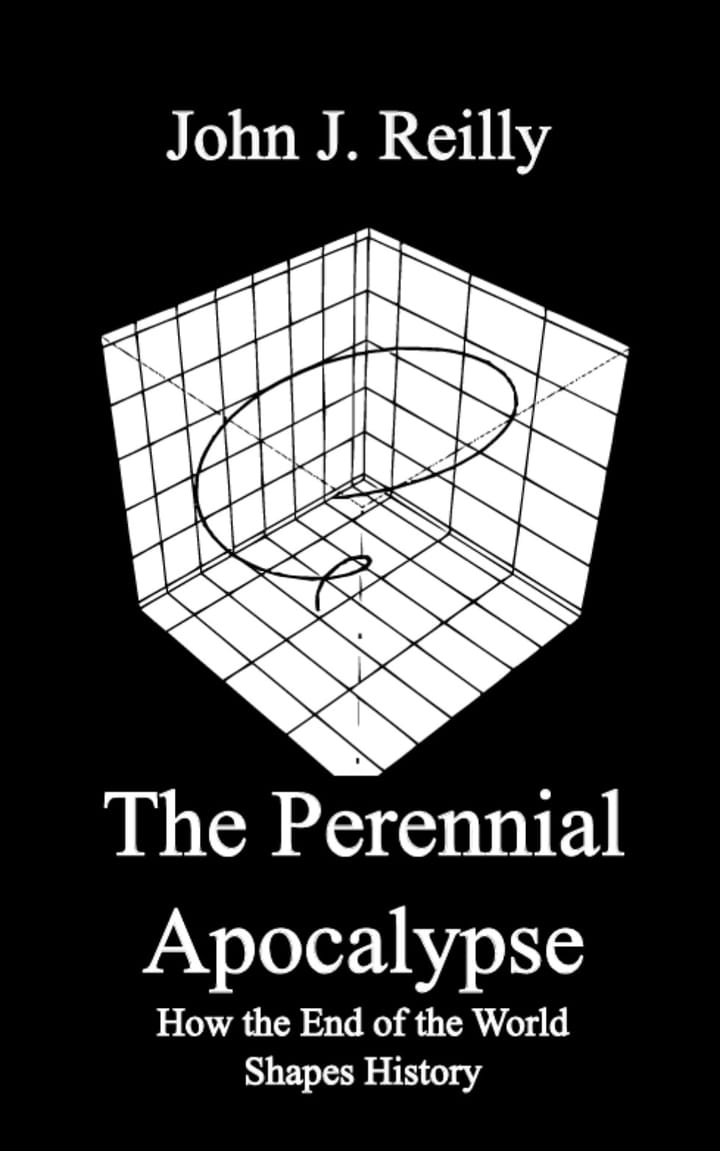The Long View 2011-06-11: Notes on Afghanistan

Casey Cho pointed out to me that John J. Reilly had written something about a previous President’s plan for withdrawing from Afghanistan ten years ago.
John’s strategic assessment is interesting. He makes an argument that as of 2011 the wars in Iraq and Afghanistan were successes, with important but unstated caveats. The enormous cost in blood and treasure surely has to be among those caveats. It certainly seems likely that the strategic goals John mentions here could have been bought less dearly.
The ignominy of how the United States left Afghanistan has overshadowed the relative success that John correctly identified in defeating an insurgency in Iraq in the 2000s, and the later success over ISIL that John did not live to see.
As a bonus, John’s anonymous correspondent helps to explain why there is an ISIS-K for Khorasan. Unlike whomever has been in charge, this correspondent had some idea of the religious beliefs that motivate the various peoples who live in Afghanistan.
Notes on Afghanistan
President Obama's plan for the drawdown of American forces in Afghanistan is defensible, though hardly unproblematic. The problem with the explanation for the plan that the president gave on June 22 is that it seemed to give insufficient attention to the enemy's goals and strategy, or even to altogether clarify who the enemy is.
One could argue (again, not unproblematically) that the wars in Iraq and Afghanistan have been strategic successes. Certainly there have been no major terrorist strikes against the US domestically or overseas since 2001; contrast that with the prior thirty years. The wars demonstrated that regimes that host attacks on the United States (as Afghanistan did) or that conduct a prolonged nuisance war against the US (Iraq) should not be confident of survival. They showed (especially in Iraq) that insurgencies are defeatable in detail, and that insurgent leaderships (especially in Afghanistan and Pakistan) are physically vulnerable for the first time in history. They also demonstrated that it is possible to do regime change on something other than a butcher-and-bolt basis.
One can also argue, not at all problematically, that these are not points that American political culture is prepared to entertain just now.
* * *
Readers will know that I get quite a lot of interesting email, since they send it to me. What follows are redacted and paraphrased email extracts from a long-time correspondent who has had some recent experience of Afghanistan. This is public-domain background material, but much of it is news to me:
========
The role of Sufism in Afghanistan is critical to understanding the way that religion developed in the country, with powerful clerical families like the Mojaheddis and the Gailanis wielding enormous amounts of spiritual and political power beneath the king. Interestingly, the Pashtuns claim descent from the Ten Lost Tribes of Israel. There was a brief flirtation with Nazi ideas among the pro-Axis factions in Kabul during the 1930s and 1940s to the effect that Afghanistan was the Aryan homeland, but the belief in Israelite descent has generally held. The Afghan throne in Kabul actually has Genesis 49:10 engraved in Dari as the basis for the King's right to rule.
* * *
Anti-Semitism is largely unknown in Afghanistan. except among educated elites who have been exposed to the political Islam of the Middle East. Anti-British sentiment is deeply entrenched throughout southern Afghan society as a result of the Anglo-Afghan Wars. The belief that the British are secretly in league with Pakistan to destroy Afghanistan is widespread among even the most pro-Western elites. [That's what butcher-and-bolt will get you. – Ed.] In contrast, the United States is remembered quite fondly because of the development projects that occurred in Afghanistan from the 1950s to the 1970s, and because of the support that the US provided to the mujahideen during the jihad.
* * *
While one may find very functional police, education, and governance in particular areas, this is largely dependent on the local power broker's benevolence or lack thereof. In an Afghan context, the chief executive would normally step in to serve as an arbiter between the body politic and the nobility, but the electoral nature of President Karzai's position frequently forces him to make political and in some cases marital alliances. Few Americans understand that President Karzai does not so much preside over a country as over a court in Kabul that is composed largely of people whom he does not trust. If his rule were more secure, maybe he would be able to govern far more effectively, but the Western-imposed electoral system forces him to defend his office every four years. This actually exacerbates corruption, since local notables try to cash in as much as they can now rather than later. The country has been described as having all of the problems of an absolute monarchy with little to none of the benefits in terms of legitimacy or tradition.
* * *
The Taliban, believe it or not, are an anti-clericalist organization. Inspired by the teachings and philosophies of Maududi, the group moved against the traditional Sufi religious hierarchies of pirs, murids, faqirs, and other holy men that inform common practice. Taliban arguments that Sufi practices are heretical to Islam, or their miracles fraudulent, are remarkably similar to what many early Protestants said about the Catholic Church. The Taliban very much see themselves as a modern movement, though in practice the group operates through a series of military orders called mahaz, which vary widely in belief and practice. The few common points are recognition of Mullah Omar as Amir ul-Mumineen ("Commander of the Faithful") and the teachings of Maududi. Mullah Omar is not so much a head of state in this model as he is a religious figure; his frequent forays into occultation leave enormous leeway to his subordinate mahaz commanders. The Mullah Dadullah Mahaz ("Mullah Dadullah" Front in Western parlance) is extremely radical, pro-al-Qa'ida, and heavily influenced by Middle Eastern Salafism. More moderate factions, such as that formerly led by Mullah Berader Mahaz, are essentially Pashtun nationalists. Other mahaz are royalist or Maoist.
* * *
The Sufis refer to Mullah Omar as al-Dajjal, the Antichrist, because he possesses only one eye, a characteristic described in a famous Hadith. Both sides in the Afghan fight actually regard the fight as apocalyptic, or so one might judge from southern Afghanistan. Most of the better Afghan police and soldiers believe that they are fighting against the armies of the Antichrist and identify Pakistan and Iran with Gog and Magog. On the other side, members of the Mullah Dadullah Front and similar Taliban radicals see their victory in Afghanistan as the first step in an apocalyptic campaign. The local al-Qa'ida affiliate in Helmand is in fact called Jaish al-Mahdi, not to be confused with the Shi'a followers of Muqtada al-Sadr
Al-Qa'ida and its allies regard Afghanistan and Pakistan as part of the stage of an apocalyptic battle for control of Khorasan, as brilliantly outlined in the book written by the recently murdered Asia Times journalist Syed Saleem Shahzad, who seems to have been killed for asking too many questions about links between al-Qa'ida and the Pakistani military establishment. Maybe Michael Scheuer's argument that bin Laden did not have a particular eschatological agenda in mind for his organization will need to be revised considerably in light of the primary source interviews in that book with senior al-Qa'ida leadership figures, including Mumbai attack planner Ilyas Kashmiri.
This trend is not limited to Afghanistan. Al-Qa'ida in the Arabian Peninsula (AQAP), which has recently overrun a number of cities and now poses a credible threat to the key port of Aden, also has apocalyptic elements, with its primary recruiting call being to join the 12,000 man army that will retake Jerusalem
========
There we leave it for now. What we have here is the description of a country that is part of a larger story, which we neglect at our peril.
Copyright © 2011 by John J. Reilly



Comments ()